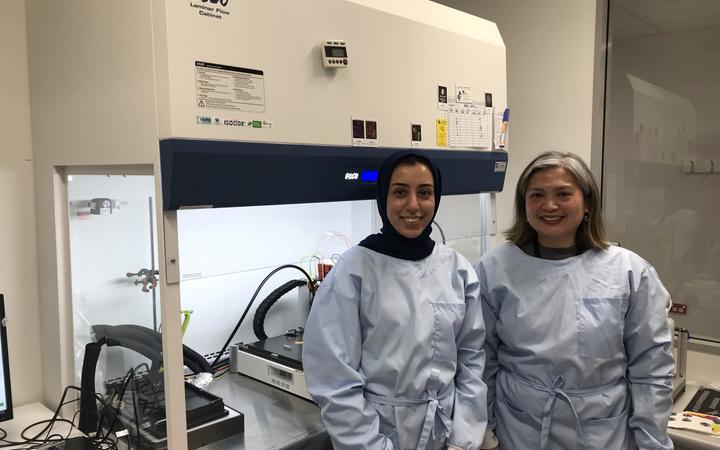Bioengineering, Ordering Up Organs:
Radio New Zealand (RNZ, “Our Changing World”) interviews the users of a GeSiM BioScaffold printer BS3.1 at University of Otago. It belongs to the core instruments for Dr. Jaydee Cabral, a research fellow at the Chemical Department. She uses the unit successfully since 2017, working on different projects. Beside of biomaterials for bone replacement, her group works with Hydrogels for cell encapsulation.
The vascularization of 3D-printed tissue is a hot topic, still one of the major obstacles for clinical use of artificial living organs. Jaydee is using the pneumatic Core/Shell-extruder of the GeSiM bioprinter to develop “living films” for wound dressing: She uses a quickly degrading bioink in the core cartridge to achieve hollow fibres; whereas the shell cartridge delivers encapsulated cells.
Mina Rajabi, her co-worker, works with biocompatible polymers and bone cells to use osteogenesis for healing of bone injuries.
Accordingly to the researchers ordering up organs is still science fiction. It might become available in a decade or so.

Mina Rajabi und Dr. Jaydee Cabral in front of their GeSiM bioprinter (Photo: RNZ / Claire Concannon)
Hear their story and how they contribute to “Our Changing World”:
Source: Interview of Radio New Zealand with Dr. Jaydee Cabral and Mina Rajabi (Cut)
